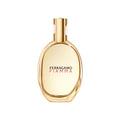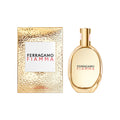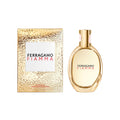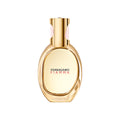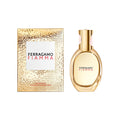Unraveling SPF: Fact or Fiction?

In the vast world of skincare, few acronyms evoke as much debate and confusion as SPF. "Sun Protection Factor" - it sounds straightforward enough, but is it truly the shield against harmful UV rays that manufacturers claim it to be? Or is it merely a marketing ploy, capitalizing on our fear of sun damage? Let's delve into the science behind SPF to uncover the truth.
What is SPF? How does it work?
SPF, in essence, measures the sunscreen's ability to protect against UVB rays, the primary culprits behind sunburn and skin cancer. The number associated with SPF indicates how long it takes for skin to redden when exposed to sunlight compared to unprotected skin. For instance, SPF 30 theoretically allows you to stay in the sun 30 times longer without burning than if you weren't wearing sunscreen at all.
However, here's where the confusion sets in: SPF doesn't provide complete protection. It's not a linear scale; rather, it's a percentage. SPF 15 filters out approximately 93% of UVB rays, while SPF 30 filters out about 97%. Going higher doesn't mean doubling protection; SPF 50 filters about 98%, and beyond that, the incremental protection becomes marginal.
What is Broad Spectrum?
Moreover, SPF only accounts for UVB protection, leaving UVA rays - responsible for skin aging and deeper skin damage - unaddressed. This is where the term "broad-spectrum" comes into play. Sunscreens labeled as such protect against both UVB and UVA rays, offering more comprehensive coverage.
But what about claims of SPF in makeup or moisturizers? While convenient, these products often provide insufficient protection. Experts recommend dedicated sunscreen for adequate coverage, applied generously and frequently, especially during prolonged sun exposure.
Is SPF only a Make-up gimmick? Or is there more substance to the story?
So, is SPF merely a marketing gimmick? Not entirely. Its efficacy lies in proper application and understanding its limitations. SPF serves as a vital tool in sun protection, but it's not a standalone solution. Sunscreen should be part of a broader sun-safe regimen, including seeking shade, wearing protective clothing, and avoiding peak sun hours.
While SPF isn't fiction, its portrayal in marketing sometimes blurs the lines between fact and hype. Understanding its role and limitations empowers consumers to make informed decisions in safeguarding their skin against the sun's harmful rays. So, next time you reach for that SPF product, remember: it's not a magical shield, but when used correctly, it's a valuable ally in your skincare arsenal.
